Written by Jackie Hickman, Education Intern
Here at the Houston Arboretum, we are HUGE FANS of composting. It not only helps to make a positive on the Earth but also significantly cuts down on your trash load and is fantastic for your garden! If you’d like to do your part for the planet and begin composting, here are some simple steps to get you started.
WHAT DO YOU COMPOST?
Home composting is great for many items, but not for all – here’s a list of what we’d recommend putting in your compost pile:
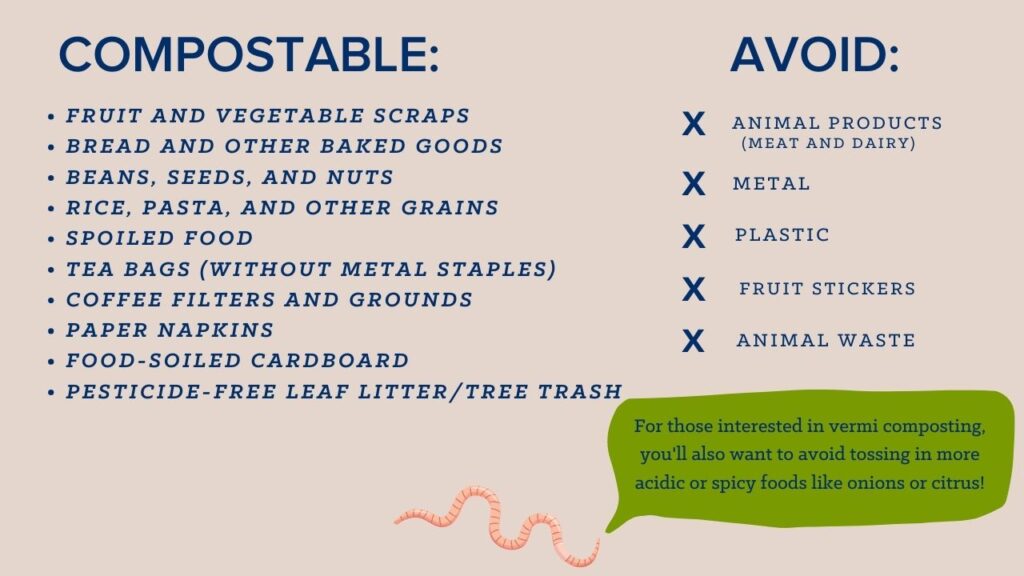
WHERE DO YOU COMPOST?
It’s all about space! If you have lots of open, outdoor space like the Arboretum and plan to process a high volume of compost, then the open pile method works best. Open piles are incredibly easy to construct and can produce compost in 3 months to 2 years depending on how much aeration takes place. Aeration is simply the turning of the pile, which provides oxygen and moisture for the microbes which are the primary contributors in the decomposition process. You should make the pile into a roughly 1-yard cube – walls optional. This is one of the most flexible composting methods as it only requires as much effort as you’d like to put in.
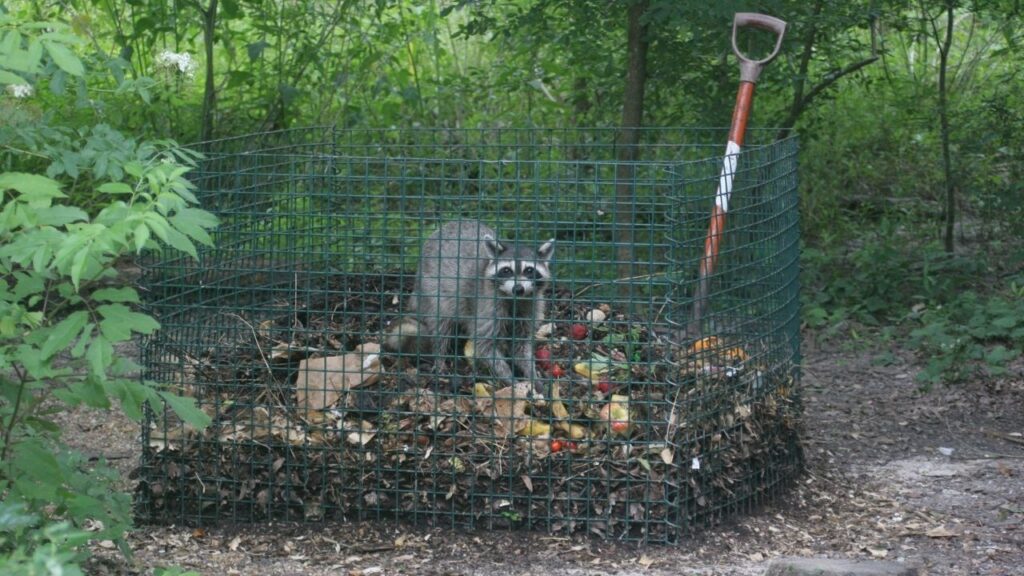
If you have a more limited space and less tolerance for mess, try vermicomposting. Vermi-bins use red wiggler worms (available online or at most pet stores) to process your food scraps to produce nutrient-rich castings in about 3 to 4 months. While vermicomposting is very efficient and takes up less space, it does require a special two chambered bin (that you can purchase or create yourself) and some protection from the elements during harsh weather. You need to keep the worms happy!
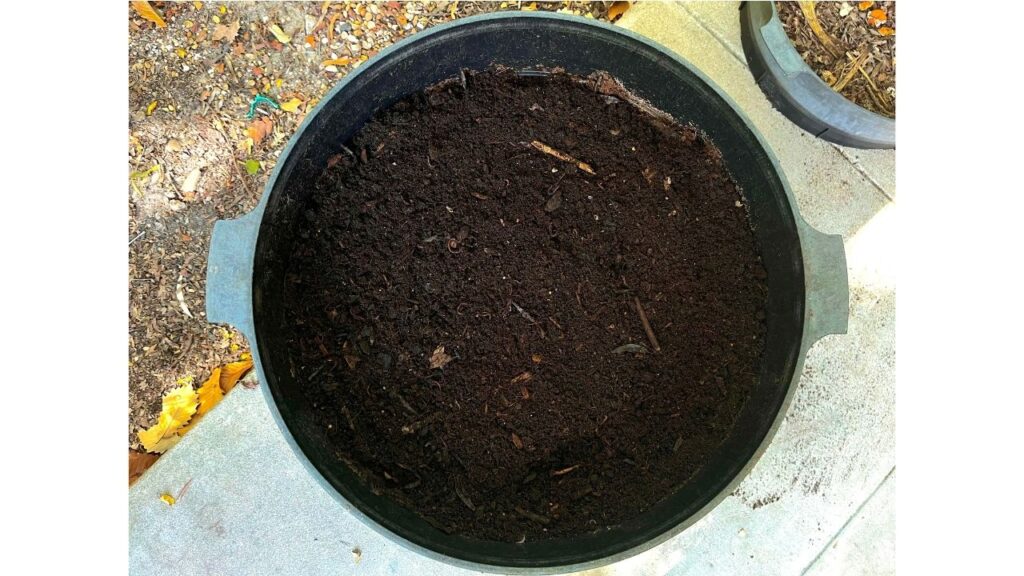
A third, very popular compost method is a compost tumbler. Most bins available for purchase are divided into two sections: one for fresh waste, and one that’s to be left alone to allow the materials to compost. To aerate the compost, you can simply rotate the bin using a built-in crank, which incorporates the necessary oxygen in an easy and efficient manner! This method yields compost in 4-6 weeks with attentive turning and is great for those who are producing a lower amount of household waste but have limited time for maintenance.
If you’re interested in additional information either about the piles mentioned above or other methods to consider, visit the EPA’s guide to compost piles.
HOW DO YOU COMPOST?
After you’ve picked the method that works best for you and your resources, here are a few tools that’ll turn your compost pile into the talk of the microbial town!
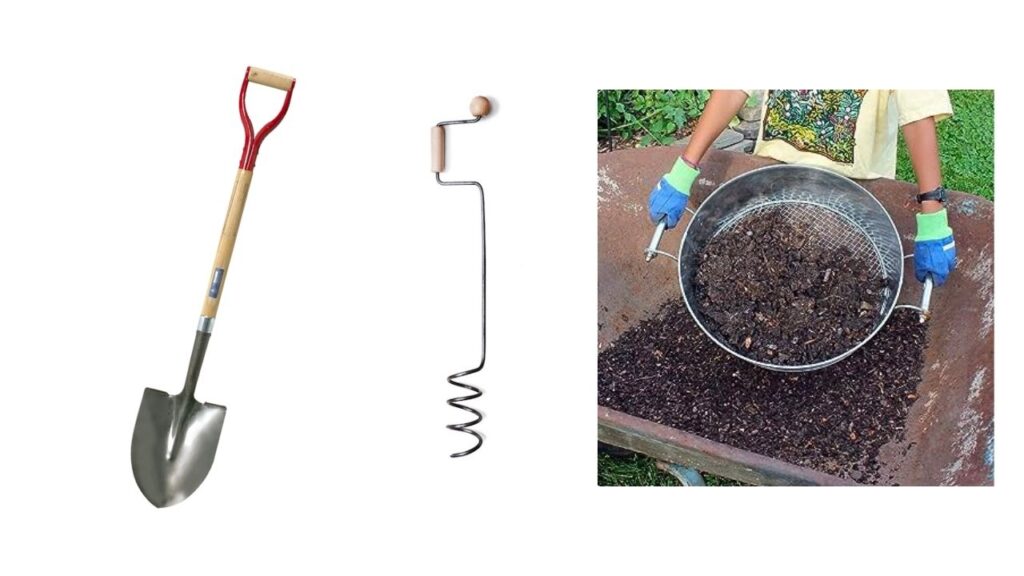
HOW DOES COMPOST COMPOST?
Fortunately, knowing how things happen on the microbial level isn’t required for making beautiful compost, but if you’re interested in the fascinating work bacteria, fungi, and insects are doing to recycle organic waste, check out this live science article!
WHEN ARE YOU DONE COMPOSTING?
Congratulations! You have set up a functional compost pile/bin/receptacle and are doing your part to reduce waste. Now what happens? Compostable items could take from 4 weeks to 6 months to turn into usable compost depending on your method of choice. However, you will know that your compost is done when it’s dark, crumbly, and has no peculiar smells. Once you’ve achieved the holy grail of dirt, it can be separated from material that needs more time to break down using a sifter. You can then use the decomposed fruits of your labor for your garden beds and potted plants, or it could make a thoughtful gift (if your friends and family are into that sort of thing).
Sad that your compost journey is over? Have no fear! This process can and should be repeated for as long as you’re producing waste, and feel free to use this composting guide as many times as you need!




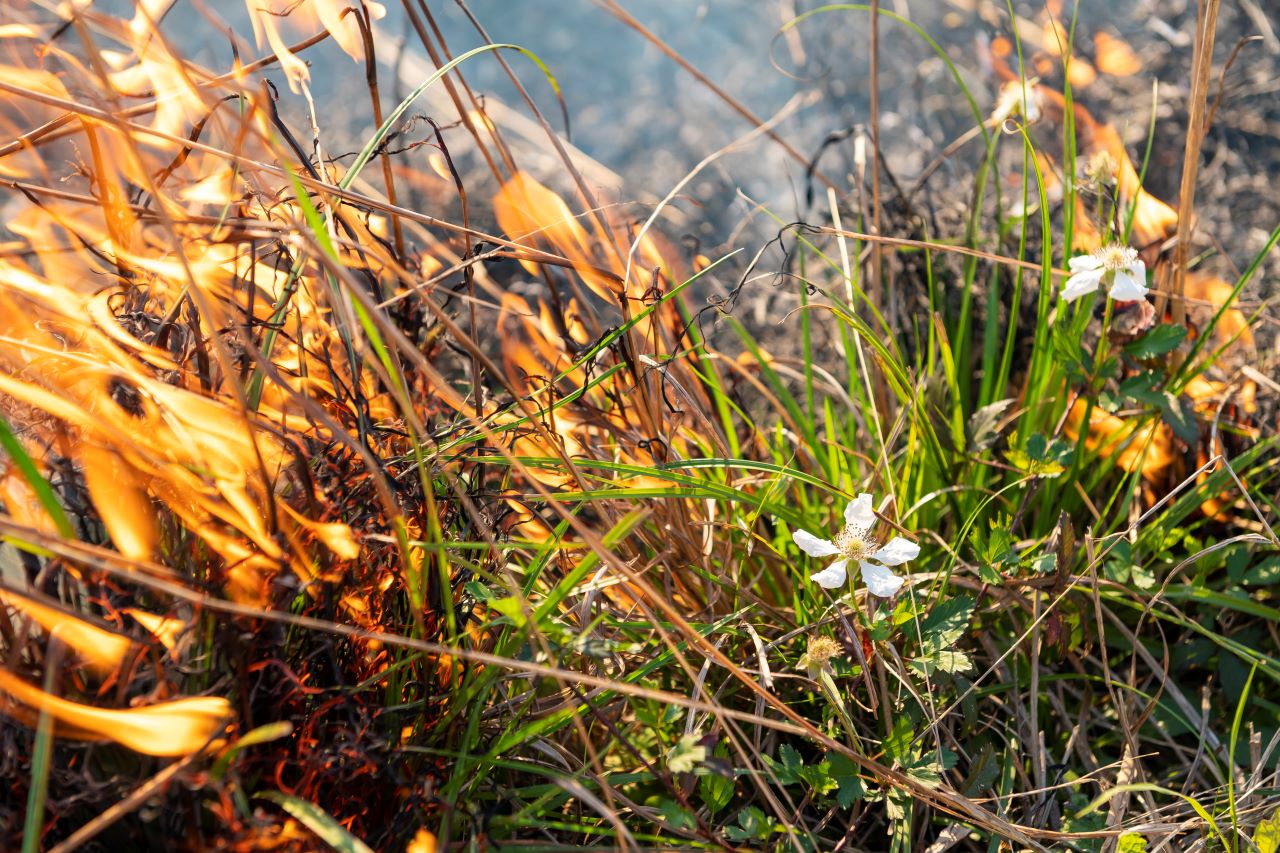






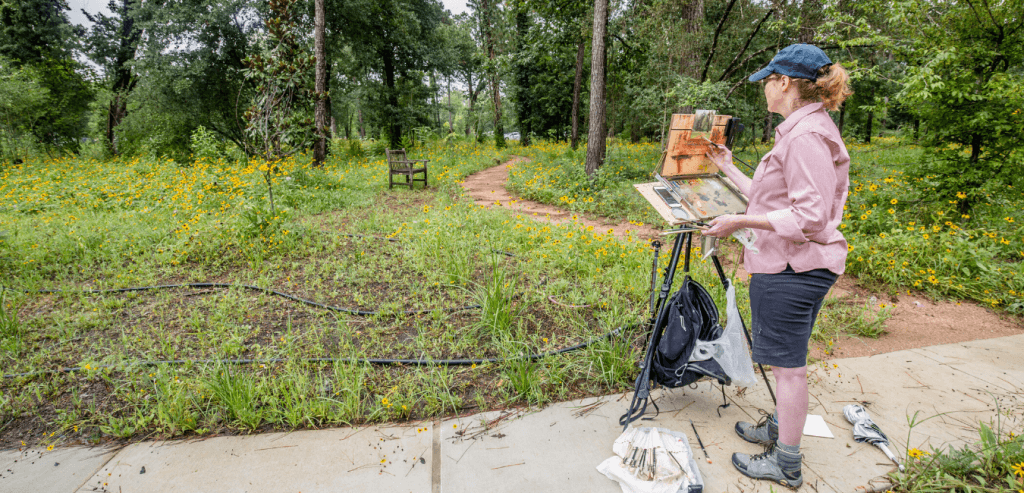
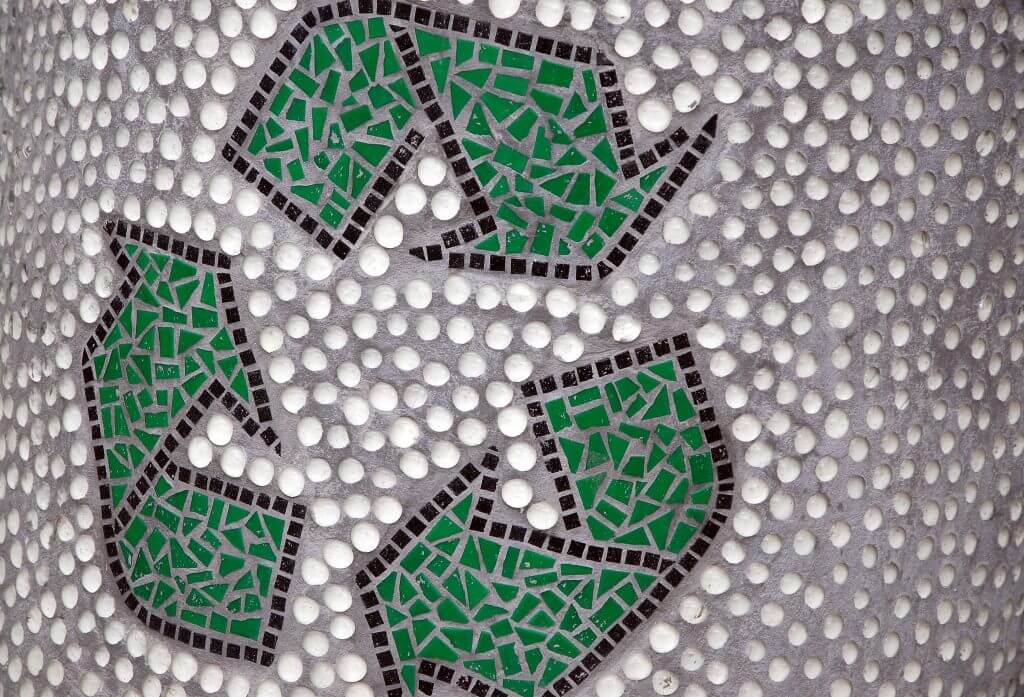

 Closure Alerts
Closure Alerts 


 Celebrate Earth Month with Houston Arboretum
Celebrate Earth Month with Houston Arboretum 